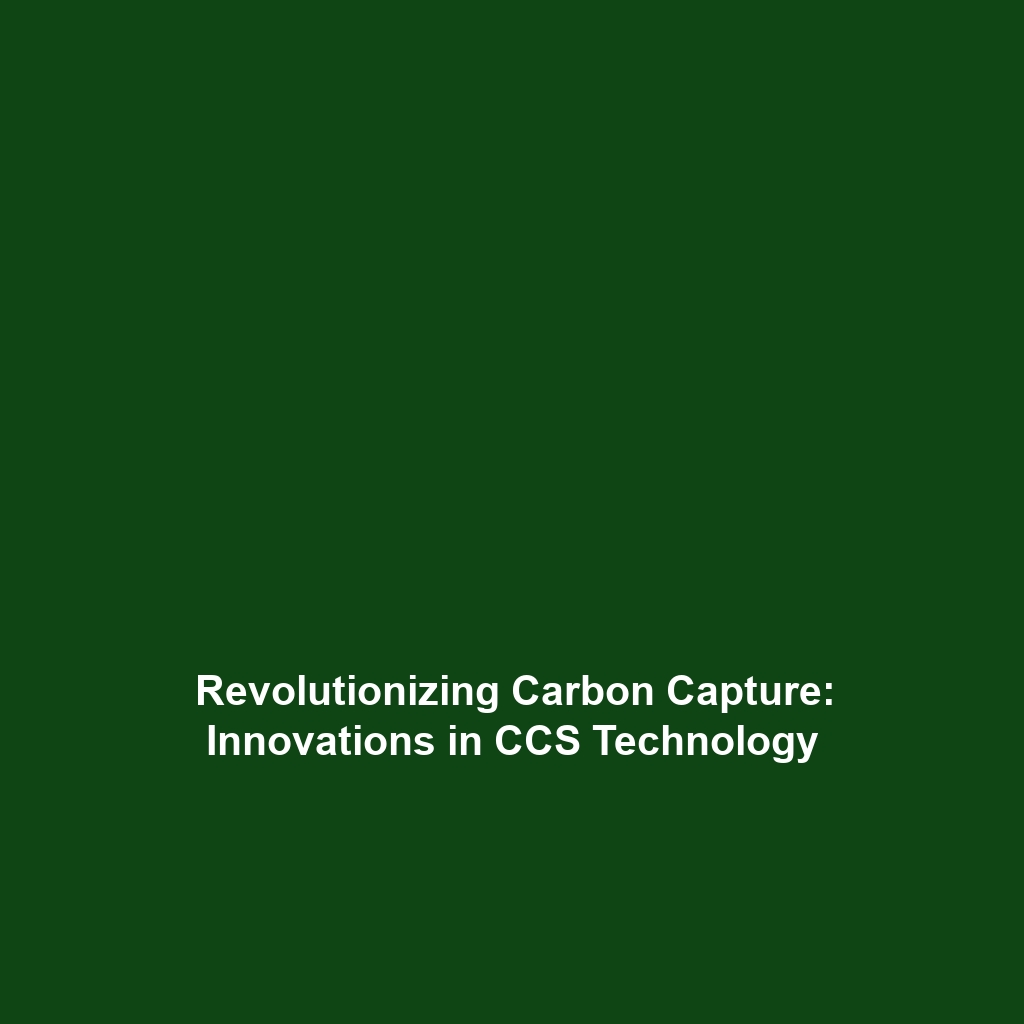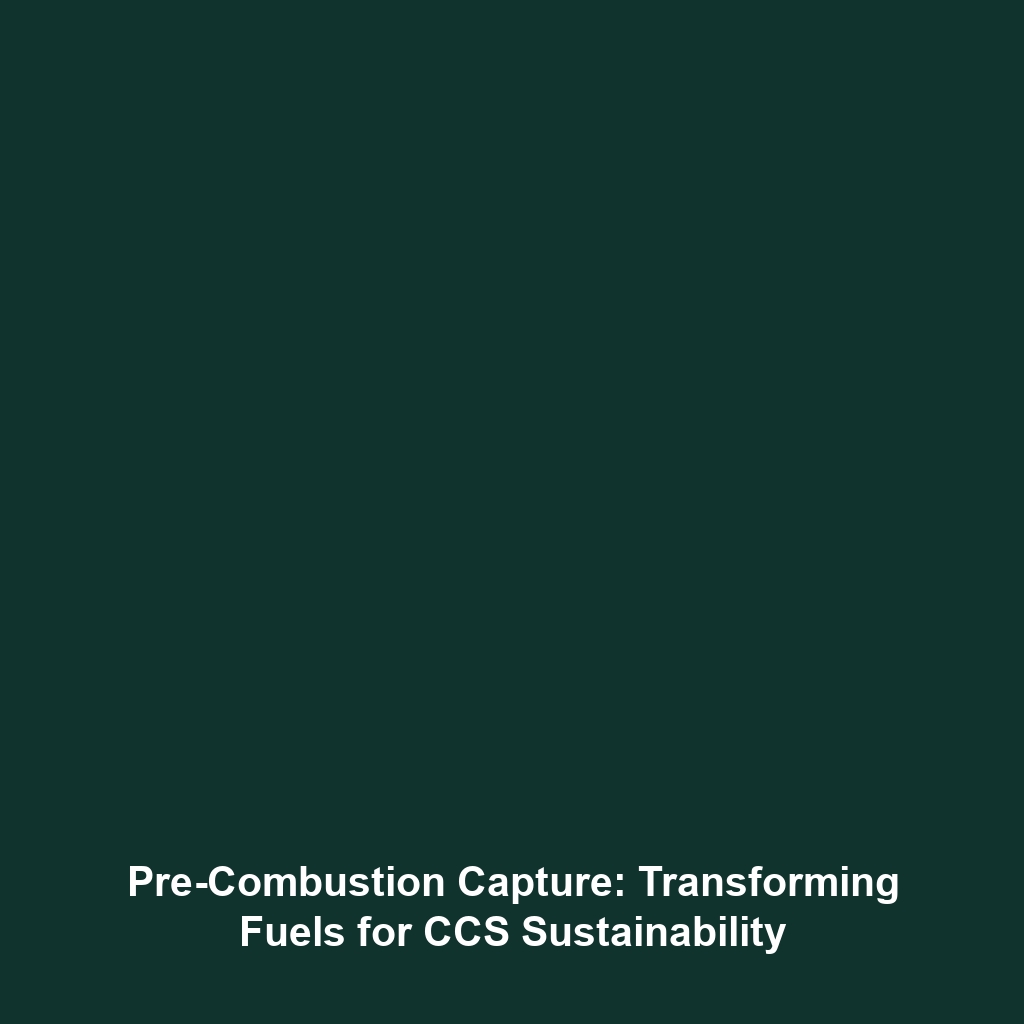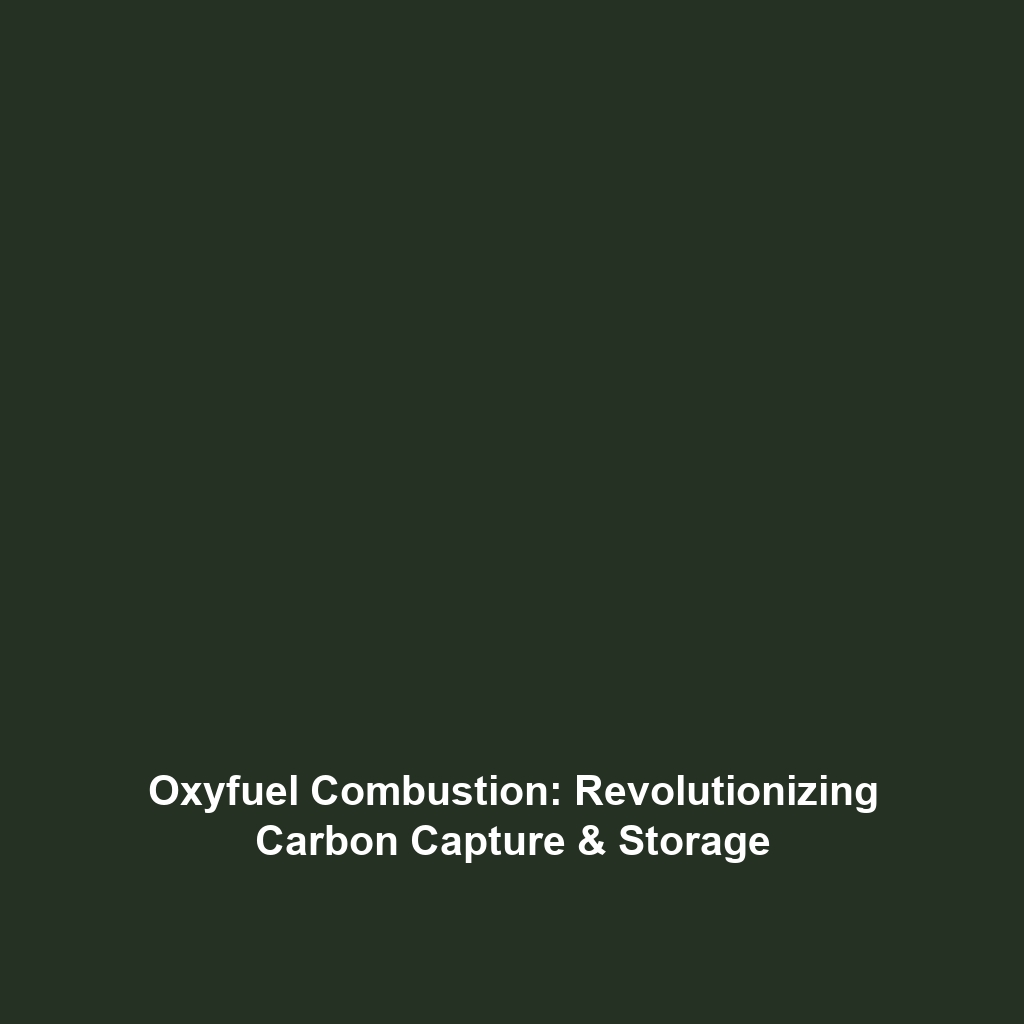The Project’s Milestone in Carbon Capture & Storage (CCS)
The ambitious carbon capture and storage (CCS) project has successfully captured and stored millions of tonnes of CO2, establishing a pivotal model for future CCS initiatives globally. As the world grapples with climate change, this pioneering project showcases the viability of CCS technologies, marking a significant step towards achieving net-zero emissions targets and mitigating the detrimental effects of greenhouse gases.
Key Concepts in Carbon Capture & Storage (CCS)
Understanding how this project fits into the broader carbon capture and storage (CCS) landscape involves familiarizing oneself with key concepts and principles:
- Carbon Capture: The process of capturing carbon dioxide emissions produced by industrial processes before they reach the atmosphere.
- Storage: The containment of captured CO2 in geological formations to prevent its release into the environment.
- Sequestration: The long-term storage of CO2 to reduce atmospheric concentrations.
- Negative Emissions Technologies (NETs): Innovative technologies aimed at removing CO2 from the atmosphere, where CCS plays a vital role.
Applications and Real-World Uses
The project has demonstrated significant real-world applications of carbon capture and storage (CCS):
- Power Generation: CCS has been implemented in electricity generation, reducing emissions from coal- and gas-fired power plants.
- Industrial Sector: Major industries, such as cement and steel, are employing CCS to mitigate their carbon footprints while continuing production.
- Enhanced Oil Recovery (EOR): Captured CO2 is utilized to increase oil extraction efficiency, turning a waste product into a resource.
Current Challenges in Carbon Capture & Storage (CCS)
While the project has shown promise, several challenges persist in applying CCS effectively:
- Cost: High implementation and operational costs can deter investment in CCS technologies.
- Infrastructure: The need for a robust infrastructure for transporting and storing CO2 safely is a significant hurdle.
- Public Perception: Concerns regarding the safety and environmental impact of CO2 storage can lead to community resistance.
- Regulatory Framework: Inconsistent regulations across regions complicate the deployment of CCS initiatives.
Future Research and Innovations
Looking forward, research in carbon capture and storage (CCS) is focusing on innovative solutions:
- Advanced Materials: The development of new materials that enhance carbon capture efficiency and reduce costs.
- AI and Machine Learning: Utilizing data analytics to optimize carbon capture processes and monitor storage sites effectively.
- Integrated Climate Strategies: Exploring how CCS can be integrated with renewable energy sources for a holistic approach to emissions reduction.
Conclusion
In summary, the project that has captured and stored millions of tonnes of CO2 serves as an exemplary model for future carbon capture and storage (CCS) initiatives. By demonstrating the effectiveness of CCS technologies, it paves the way for broader adoption and investment in combating climate change. Stakeholders, including policymakers and industries, must leverage this knowledge to promote the advancement and implementation of CCS technologies.
For more insights on future initiatives in CCS or learn about negative emission technologies, visit our resources.







